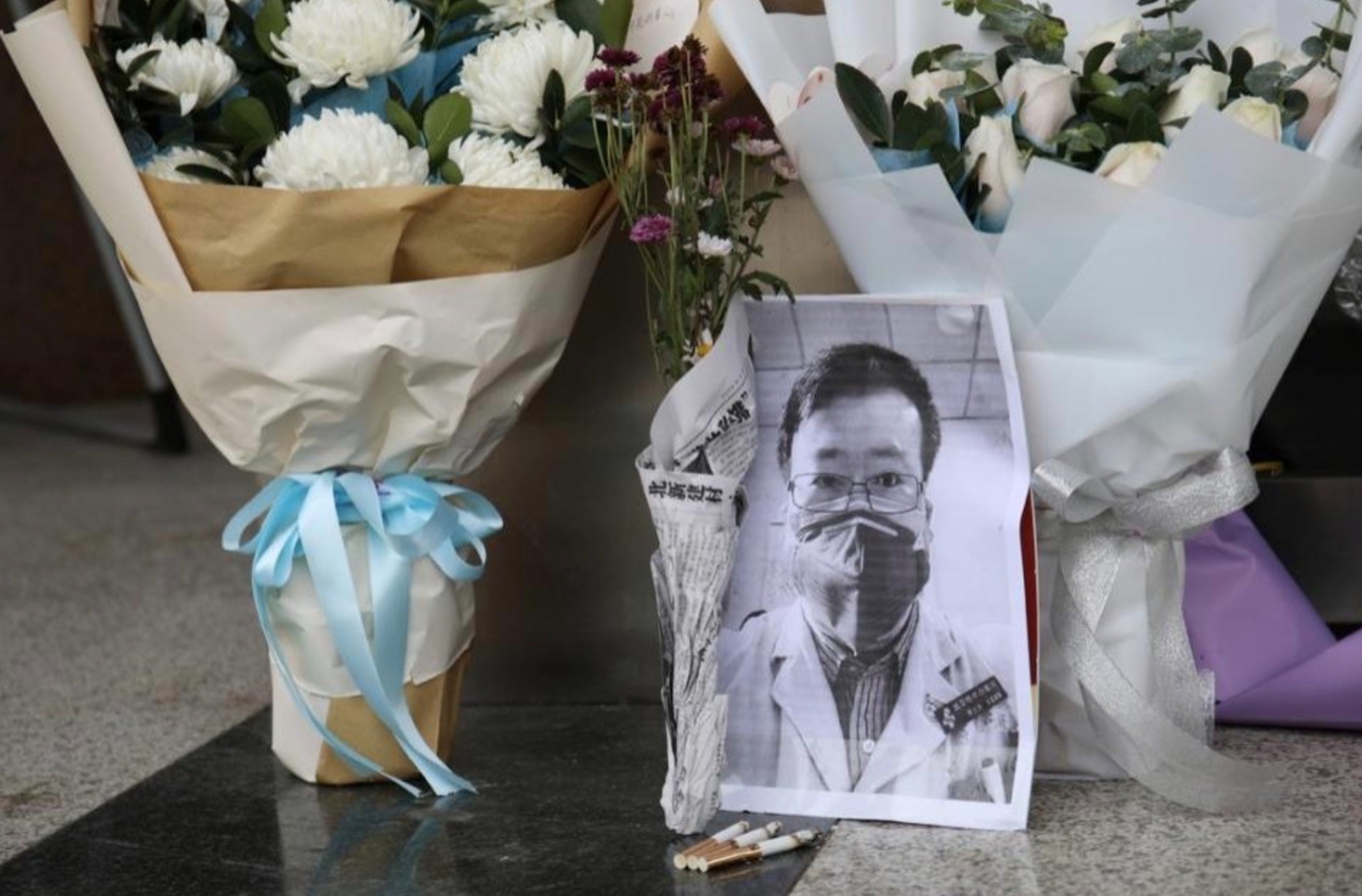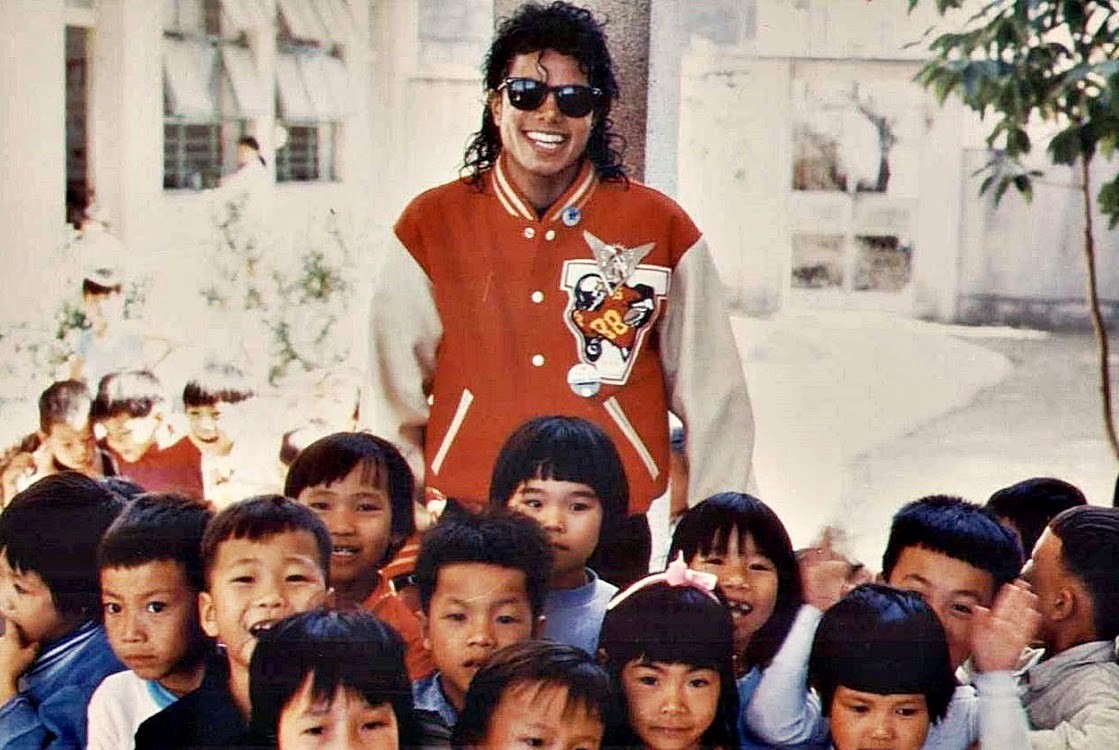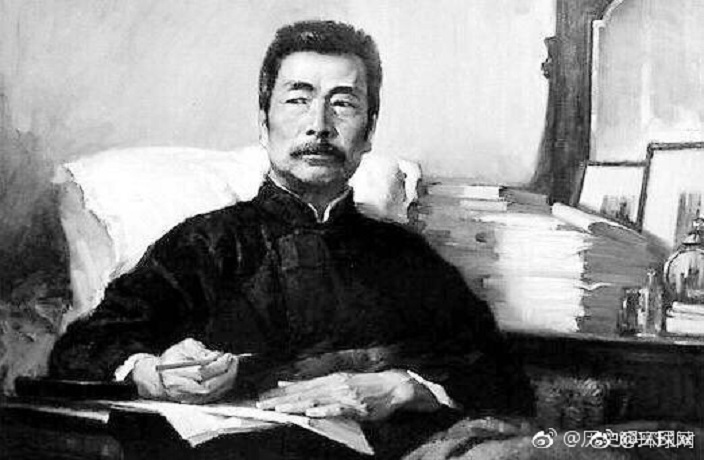China’s mental health problem is, for lack of a better word, depressing. We cross paths with thousands of people on a daily basis in the PRC’s biggest cities, with one in eight people statistically suffering from one debilitating mental disorder or another.
This past year has been especially challenging for many who’ve lost a job, had their wage cut, or are entering an anemic workforce. While more resources have been dedicated to mental health in recent years as well as the proliferation of mental health apps in China, cultural stigmas can adversely impact those in society who need help the most. Here we dive into China’s mental health infrastructure and address what needs to happen for the country’s population suffering from mental health disorders to receive the care they need.
China’s National Health Commission (NHC) announced an ambitious plan on September 11, 2020, to tackle depression and mental health, where an estimated 16.6% of the Chinese population suffers from some form of mental disorder, according to a 2019 epidemiological study. An estimated 90 million Chinese people suffer from depression and, perhaps most startlingly, 90% of that population do not receive effective treatment, as cited by China Daily. The China Mental Health Survey, the first national mental health survey conducted from 2013 to 2015, surveyed 32,552 people in 31 regions and found that anxiety disorders were the most prevalent, while 6.9% of those surveyed reported depression.
The NHC’s plan aims to increase the number of depressed patients receiving treatment to 50% by 2022. It also set targets to provide mental health education to 80% of the population and 85% of students by that same year. A pillar of the new plan involves more screening for disorders and depression in the community, for instance, depression screening among high school and college students as part of their physical health checkups. These goals are in line with the global 2020-2023 Action Plan set forth by the World Psychiatric Association, of which China is a member.
Beijing has long sought to improve the country’s mental health facilities. From 2010 to 2012, China invested RMB9.1 billion in the expansion of mental health infrastructure, consisting at the time of 550 institutions. By 2015, there were 949 specialized mental health institutions in China. The first National Mental Health Law was also passed in 2011 which for the first time gave some standards of care and protection within the legal system for people suffering from mental disorders. Critics of the first law argued that Article 27 – where an individual could be institutionalized against their will for “disturbing public order” – would result in abuse of the law, according to China Daily.
“China does its best to follow Western standards with diagnosis and treatment and how to view taking care of the most difficult patients”
Nonetheless, the PRC lags behind other countries when it comes to resources per capita. One of the most alarming statistics is that China has only 1.7 psychiatrists for every 100,000 people, compared to 12 in the US. Moreover, these services are significantly concentrated in major cities and that number drops off significantly in less densely populated areas, specifically in west and central China.
A major obstacle in the NHC’s plan is incentivizing doctors to specialize in the field of psychiatry. In traditional Chinese medicine, mental illness is considered a disturbance of qi rather than a specific condition. Also, the financial benefit and the medical community’s stance on psychiatry both seem to contribute to the shortage of mental health practitioners. As a result, doctors at psychiatric hospitals are often overwhelmed, seeing hundreds of patients a day for only very brief sessions. As community outpatient services are even more limited, there is little opportunity for follow-up appointments and patients with less severe symptoms are often brushed aside.
Dr. Alfred Chambers, a psychiatrist at United Family Hospital, shared his views on the state of mental health services in the Middle Kingdom. “China does its best to follow Western standards with diagnosis and treatment and how to view taking care of the most difficult patients. The country is not as good at treating the less disabled mental health [patients], such as somebody who is just sort of having life trouble – that’s not really considered particularly important. Unless they can diagnose and give medicine, there is still a gap in education on how to do psychotherapy,” Dr. Chambers tells us from his office in Guangzhou in between seeing patients.
The stigma surrounding mental disorders is an obstacle around the world that is uniquely complicated in China because of prejudice and discrimination. Most Chinese people do not seek help for mental health issues because of shame or simply a lack of awareness about what the symptoms and solutions of mental health can be.
The nuances of Chinese culture and their effect on stigma towards mental illness have been studied for decades. The problem has roots that stretch back to Confucian philosophy in a number of ways. Filial obedience and obligations to one’s family pertain directly to their status as a ‘moral individual.’ One element of Confucianism is that an individual must learn to control their behavior and show restraint before exerting social influence, a process which is considered a crucial step into adulthood. As a result, the misplaced perception that people with mental illness are unpredictable or cannot control themselves contributes to the stigma. Furthermore, the Chinese concept of ‘face’ is of utmost importance, especially among older generations. Chinese people tend to be cautious when sharing their personal problems or challenges and are careful to keep up appearances so that they and their family members do not ‘lose face.’
A number of studies have been conducted using standardized questionnaires like the Internalized Stigma of Mental Illness scale (ISMI) and the Discrimination and Stigma Scale (DISC-12), which reveal that patients often feel discrimination as a result of their mental illness. According to Dr. Chambers, the majority of Chinese people who seek out mental health services are women aged 20-35. He also suggested that a large number of patients who suffer from mental illness will seek treatment for somatic symptoms rather than pursue psychiatric assessment. This results in the misdiagnosis of an imagined physical health concern and the treatment then being merely a placebo effect from the medication prescribed. The prevalence of single-child families and the importance placed on academic performance and success also limits a family’s willingness to admit that children might suffer from mental illness. When children come in for an assessment, the patient and the family are often avoidant of admitting problems in the home, despite it being a crucial step in identifying the source of a child’s condition.
In addition to cultural stigmas, mental health services in China can also be expensive, and this poses another obstacle to improving access to appropriate resources. Traditional gender roles and the obligation to support relatives financially also limits the amount of disposable income that someone can justify spending on their own mental health problems. One online mental health platform that we explored, a WeChat account called Wuzhihong (武志红), offered self-assessment tests for RMB9-19 and listed a number of psychiatrists with whom users could schedule face-to-face or video appointments which ranged from RMB200 to RMB1,200 per hour.
A major reason to address the shortfalls of China’s mental health infrastructure is the impact it has on the healthcare system as a whole. The CDC – Kaiser Permanente Adverse Childhood Experience (ACE) Study, first conducted from 1995-1997 in the US, demonstrated clearly that ACEs are related to increased physical health costs throughout an individual’s life. In simple terms, the study showed that trauma in childhood correlated to physical illness and early death in adulthood. The study has been replicated in other countries and produced the same findings. Throughout the past decade, the ACE study has been conducted several times with different sample groups around China. A 2012 survey of 1,000 children in Hong Kong found that 36% reported physical assault at the hands of their mothers. More recently, a 2015 meta-analysis of 68 child maltreatment studies from around China similarly revealed a 27% incidence rate of physical abuse and a 26% incidence rate of neglect. A separate study spanning five major Chinese cities with data from 5,000 adults found that one in three recorded at least one type of major household dysfunction during childhood, such as witnessing domestic abuse or substance abuse.
China’s suicide rate has dropped since the 1990s as a result of urbanization and better education. Compared to the US, which has seen a rise in recent years, this can be interpreted as a good sign in the overall mental health of China. However, according to a 2015 editorial in The Lancet, suicide in high-income countries is usually attributed to mental illness. In China, however, two-thirds of suicide attempts and one-third of suicides are among people not registered in the healthcare system as having any mental disorder. Although suicide prevention was outlined in the 2015-2020 action plan, this figure still paints a grim picture of the undiagnosed population.
So, how can access to care be increased in the short term? Mental health apps have been steadily gaining in popularity for several years and might present a realistic path to addressing China’s need for more widespread access to treatment while remaining discreet and comparatively affordable. These apps generally provide self-tests, information on mental health that can increase personal awareness, online counseling and options to schedule in-person sessions with doctors at various facilities in the area (if available).
Some apps provide cognitive behavioral therapy to combat insomnia, depression and anxiety while others use AI for intervention methods. Operation Tree Hole Rescue, an AI program developed by a university team in the Netherlands, has been alerting a team of hundreds of volunteers across China when it deems social media posts to indicate suicidal thoughts. Since it started in July 2018, more than 1,000 potential suicides have been prevented by the support and outreach of the program. However, the field is virtually unregulated and needs to be better understood and legislated to become a viable solution for China’s lack of mental health resources.
The final Weibo post of Dr. Li Wenliang, the doctor who was first reprimanded for raising the alarm about the escalating situation in Wuhan and then posthumously dubbed a hero after succumbing to COVID-19, has become a place for many Chinese netizens to vent their grief and frustrations. According to Shanghai-based media outlet Radii, an AI program was set up to monitor the post for risk of suicide – alerting mental health services if necessary.

A memorial for Li Wenliang at the entrance of the Central Hospital of Wuhan. Image via Weibo
A 2019 assessment of popular mental health apps was conducted by Peking University Health Science Center. Although the overall quality of the apps was rated ‘acceptable,’ it found that only 3% were developed by the government or local CDCs, 17% were developed by psychiatric hospitals or counseling agencies, and 78% had been developed by commercial entities. Dr. Chambers echoes this concern in that there is no concrete standard of training for counselors.
Last year, the COVID-19 pandemic has also highlighted an at-risk group with frontline healthcare workers reporting an uptick in insomnia and anxiety and who faced discrimination, overwork and exhaustion, isolation from their families and a high risk of infection from inadequate protection, according to The Lancet. Medical institutions were quick to employ technology to provide guidelines for self-help and mental health education to the public in the face of lockdowns. As Wuhan went into lockdown in late January, the city opened two 24-hour mental health hotlines. Psychologists and psych nurses were also dispatched from hospitals around the country to offer counseling to both patients and medics, in-person and online.
According to China Daily, e-commerce giant JD.com started providing 24-hour online psychological counseling to users in late January with a team of 2,000 doctors. A public WeChat account called KnowYourself, which has provided online mental health services since 2015, also opened a ‘green channel’ to expedite access for healthcare workers.

A hotline volunteer recruitment poster from December 2020. Image via Weibo
Overall, China seems to be on the right track in terms of acknowledging the need for more mental health services. However, it takes time to train specialists, before which we might see lasting effects on a sizeable segment of the population. The need for more health services is only exacerbated in regions that already have very limited resources. While mental health apps might bridge the gap and, if nothing else, provide more mental health awareness and literacy in Chinese society, it’s painfully obvious that you’ll need more than a suite of apps to address the mental patient in the room.
READ MORE: CCS's Karli Rowland, Offering a Mental Health Support Lifeline
[Cover image via Pexels]





















0 User Comments